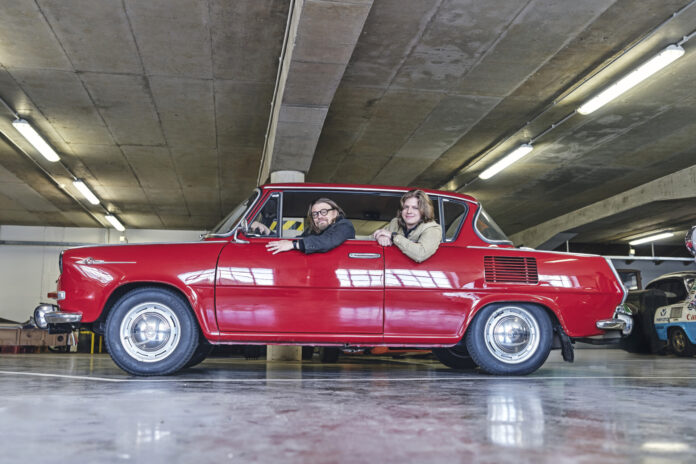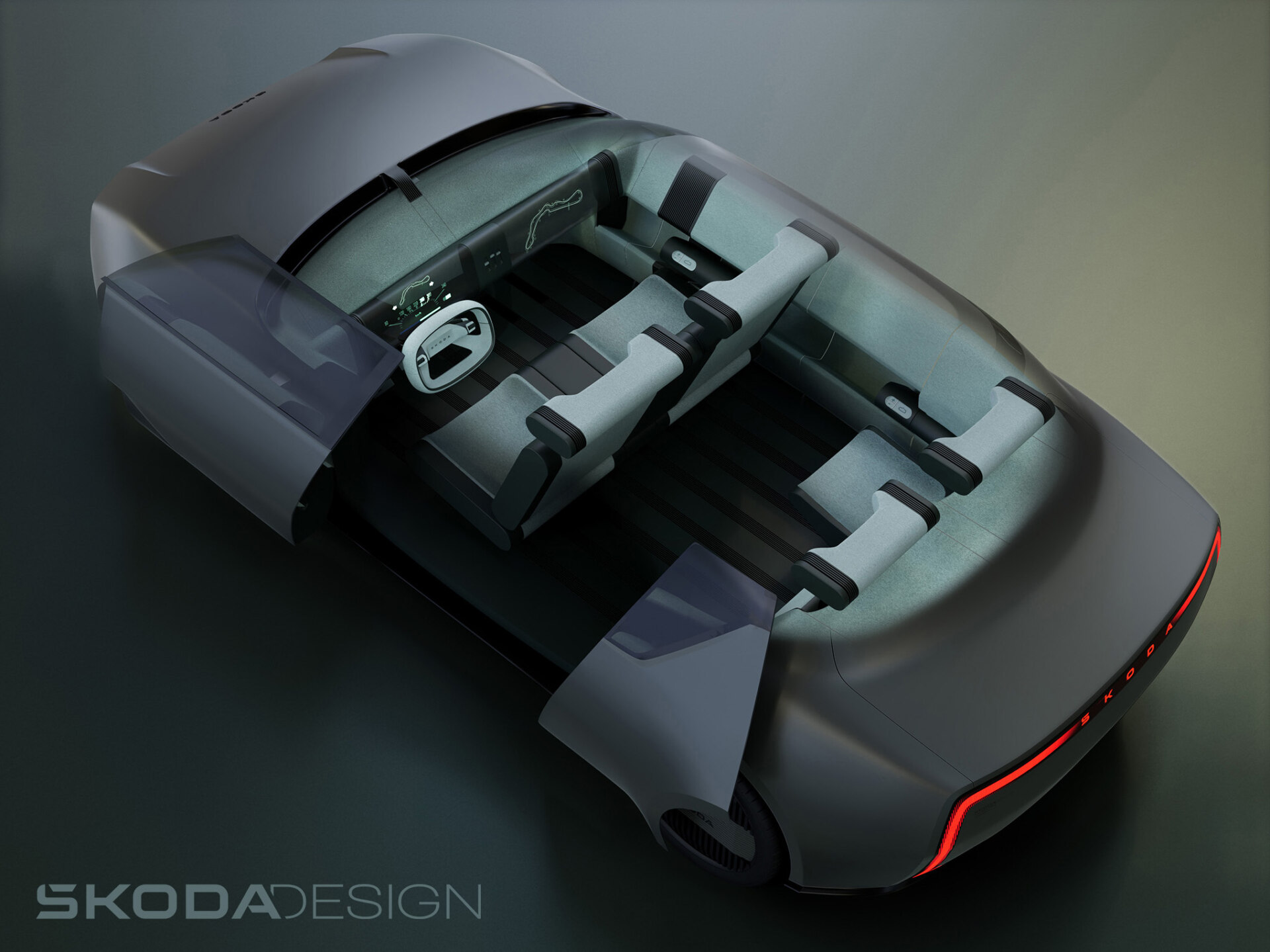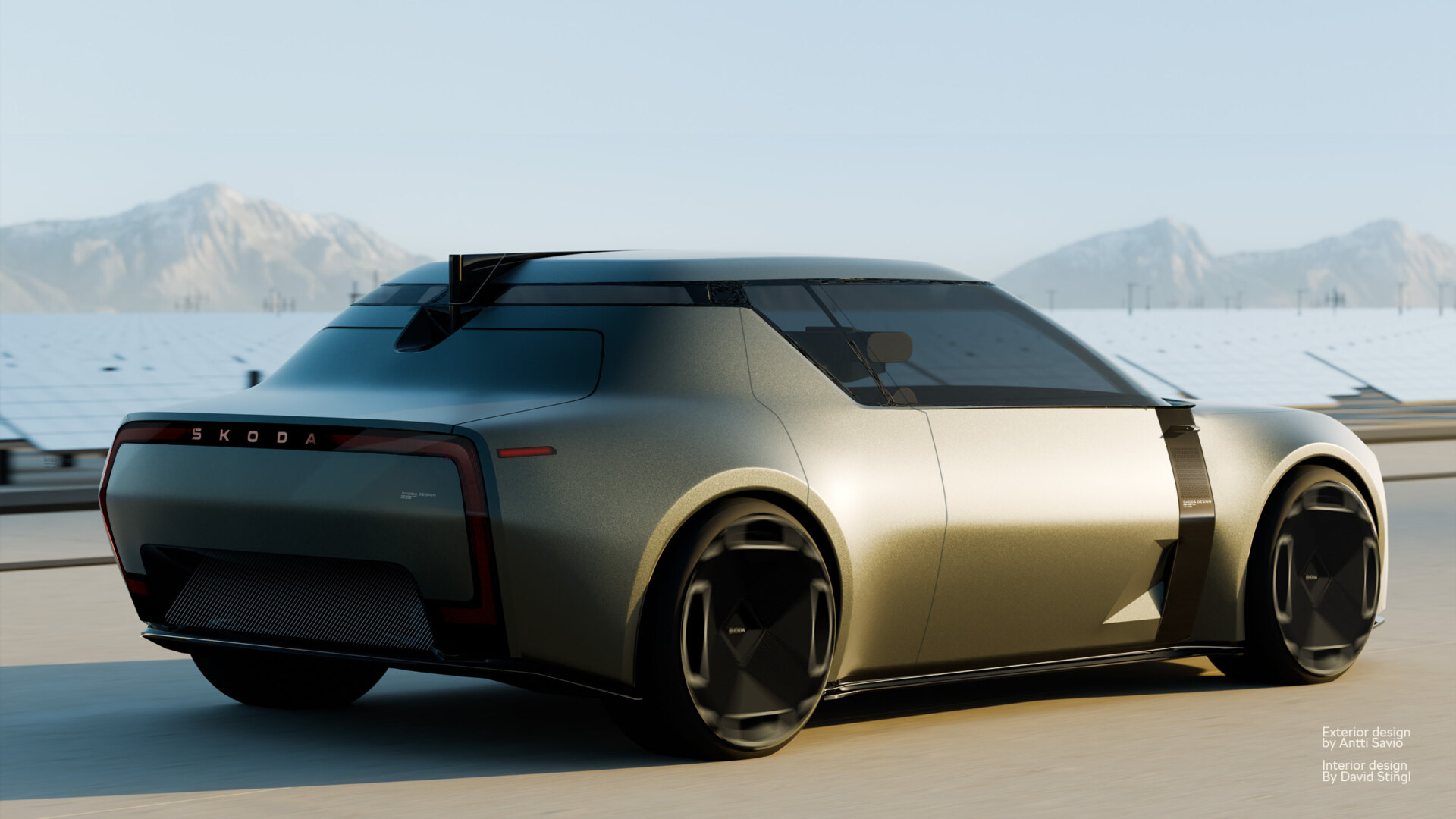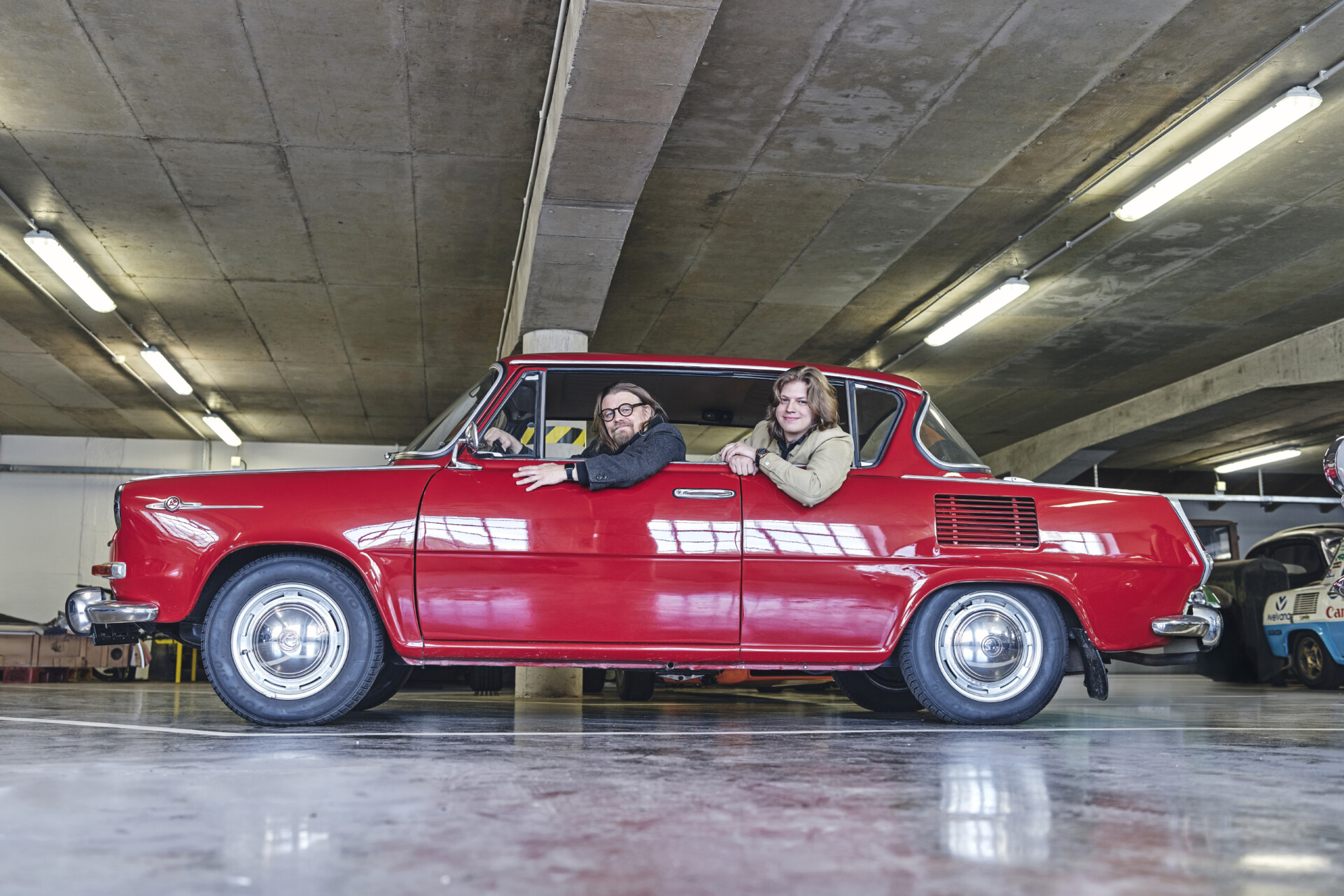What if one of Škoda’s rarest production cars was reborn today in the brand’s Modern Solid design language? Inspired by Škoda Auto’s rich heritage, the company’s designers have created modern interpretations of several legendary models — including a surprisingly fun and practical vision of the 1000 MBX coupé.
The Škoda 1000 MBX was a unique coupé produced briefly in the 1960s, radiating the carefree spirit of its time. Its elegant two-door body combined style with everyday usability rather than focusing on pure sportiness. This essence served as inspiration for two Škoda Auto designers, who developed a modern reinterpretation of the MBX coupé.
Translating that spirit into the present day, the Modern Solid-styled Škoda 1000 MBX becomes something of a crossover — though it may not look like one at first glance. David Stingl came up with a distinctive interior layout featuring a 2+2 seating configuration. The flat-floor electric platform, envisioned for this concept, allows the front seats to merge into a wide, comfortable bench, while the two individual rear seats feature cinema-style tip up seats. The design also features rear-hinged doors ensuring excellent cabin access.
The elegant Škoda 1000 MBX coupé was derived from the 1000 MB sedan — Škoda’s first car with a self-supporting body and a revolutionary aluminium engine block produced by pressure casting. The two-door “tudor” variant, featuring frameless doors and no B-pillar, entered production in 1966 as the 1000 MBX with a 988-cc engine delivering 42 hp. A stronger 1100 MBX version followed in 1968, powered by a 1,107-cc engine with 52 hp. Production, with a very limited daily output, ended just a year later, with only 2,517 units built in total — making it one of Škoda’s rarest production models. The 1100 MBX variant remains particularly scarce. The concept even features air suspension, allowing the ground clearance to be adjusted: low for a sporty stance, or high for tackling rough paths and easier cargo loading.
David Stingl designed the dashboard as a glass-covered oval module into which images are projected. The oval motif is consistently repeated throughout the interior — visible, for example, on the steering wheel and the distinctive headrests. This concept draws direct inspiration from the original car’s instrument panel design. Like its historic predecessor, the modern 1000 MBX vision has no central console. Chrome accents of the original have been replaced with clean graphic details highlighted by ambient lighting, in line with Škoda’s current Modern Solid design philosophy.
The same philosophy extends to the exterior.The result is a concept with bold, confident, and unusual forms that express strength and character.
Though not a retro design, the car still features subtle nods to the original — such as the raised headlamps above the bonnet line, the character crease along the flanks halfway up the sides, and the distinctive C-pillar treatment.
The pair worked on the 1000 MBX vision for around three to four weeks. Early sketches were literally drawn on scraps of paper — one key idea came to him over a glass of wine in a bar: From there, the idea evolved into a 3D digital model.
David, meanwhile, began directly in a 3D environment, his area of expertise. The result is a striking interior that blends sporty elegance with practicality in an unprecedented way — a true Modern Solid crossover.





